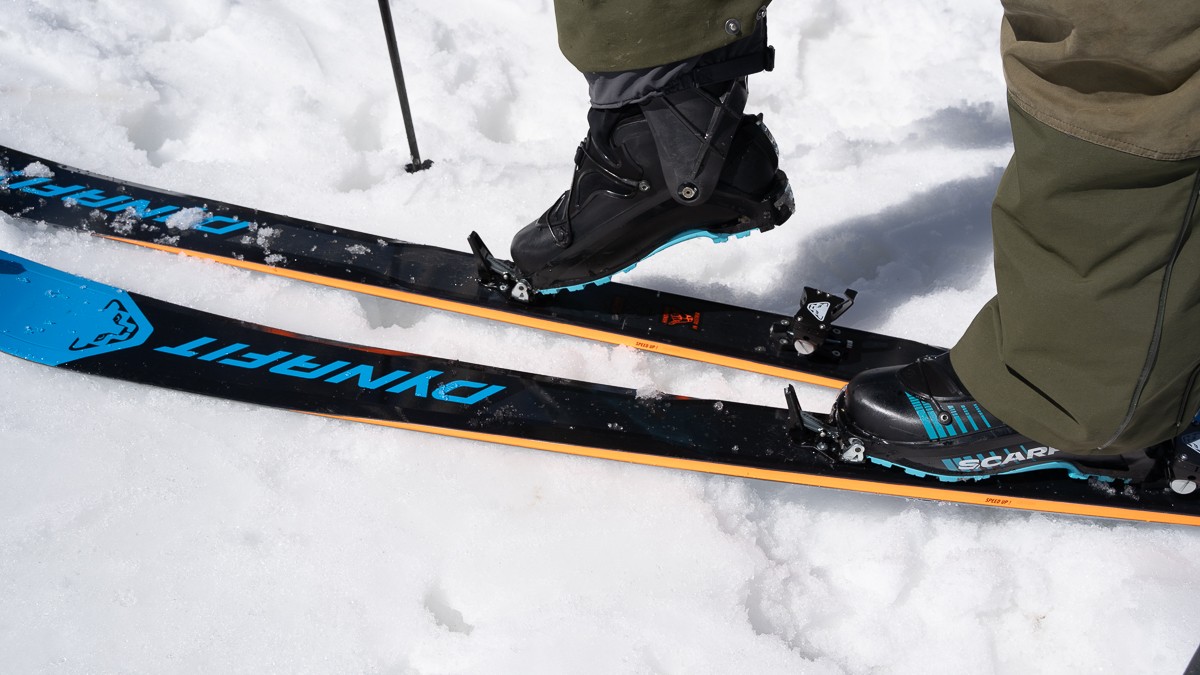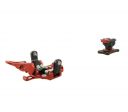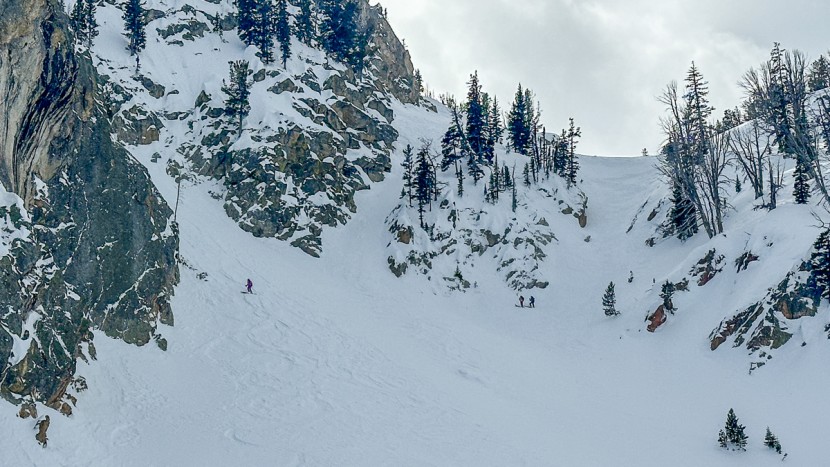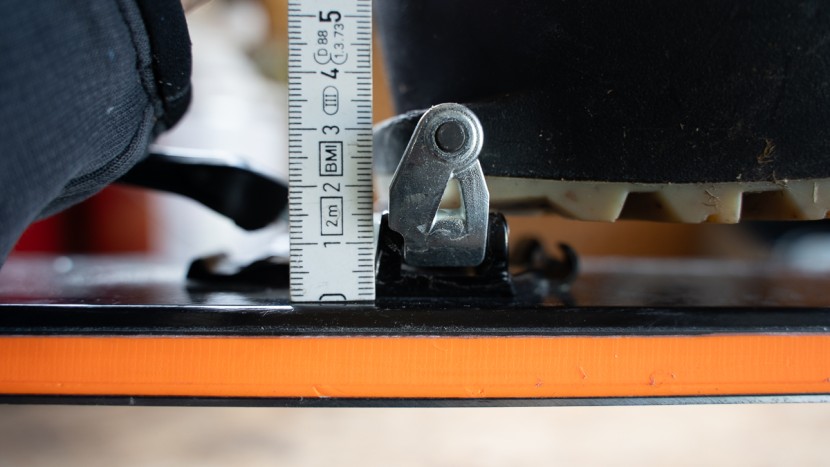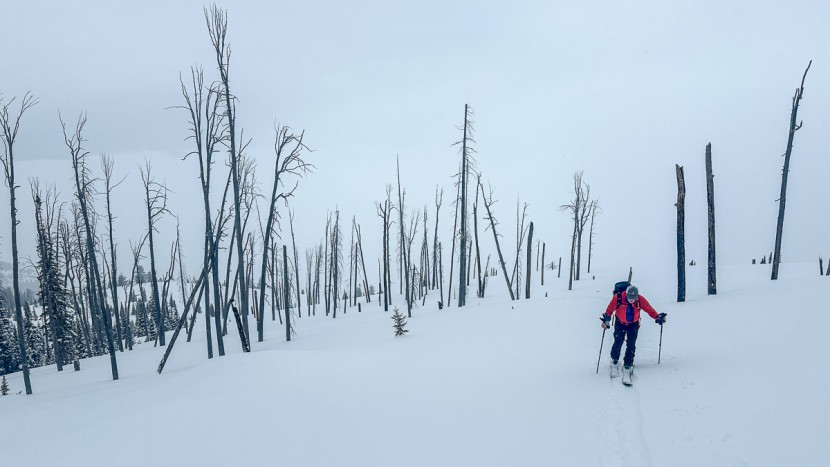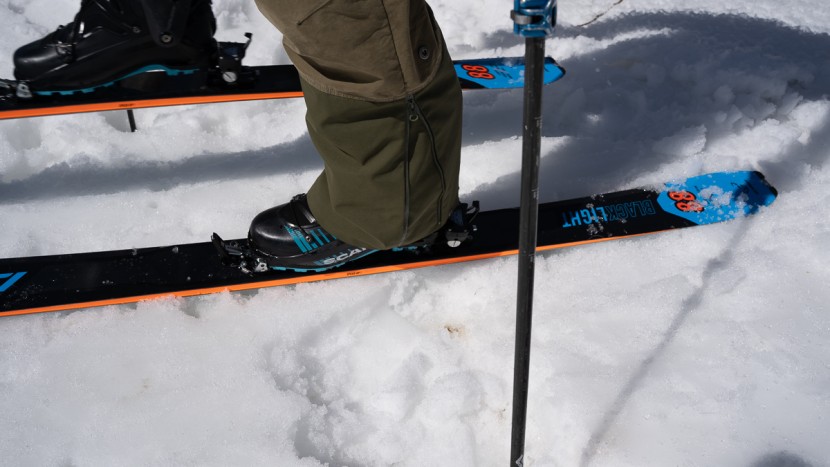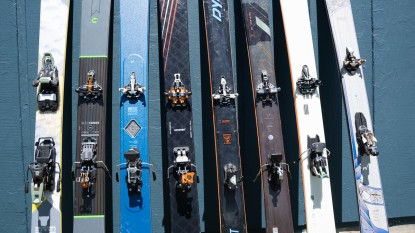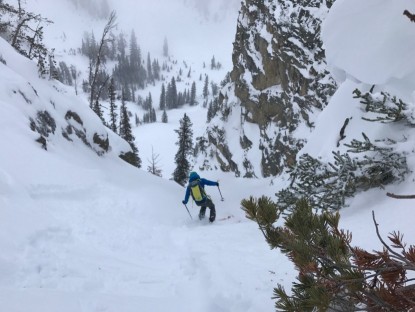Our Verdict
Compare to Similar Products
 This Product
Dynafit Speed Turn | |||||
|---|---|---|---|---|---|
| Awards | Best Bang for the Buck | ||||
| Price | $280 List $279.95 at Amazon | $445 List | $500 List | $430 List | $490 List |
Overall Score  |
|||||
| Star Rating | |||||
| Bottom Line | An affordable tech binding that has seen iterative improvements over the decades, yet remains reliable and highly durable | For moderate backcountry skiing, these bindings could be just the ultralight ticket you need | Check these out if race-style bindings in the backcountry are an idea that piques your interest | We like the basic, simple design and included features. However, we didn't like the movement within the binding | Lightweight bindings with important adjustments for length and release value |
| Rating Categories | Dynafit Speed Turn | Plum R170 | ATK Trofeo | Dynafit Seven Summits+ | Plum Oazo 8 |
| Weight (35%) | |||||
| Downhill Performance (25%) | |||||
| Touring Performance (20%) | |||||
| Ease of Use (15%) | |||||
| Construction Quality (5%) | |||||
| Specifications | Dynafit Speed Turn | Plum R170 | ATK Trofeo | Dynafit Seven Summits+ | Plum Oazo 8 |
| Weight of 1 binding and screws, lightest possible configuration (in grams) | 364.5 | 199 | 166 | 325 | 237 |
| Release Value Range | 4 to 10 | 8 Fixed | 1 to 10 | 4 to 10 | 4 to 10 |
| Brakes? | No | No | No | Yes | Optional |
| Brake Width Options | N/A | N/A | N/A | 98, 110, 120 mm | 80, 90, 100, 110 mm |
| Weight of 2 bindings, common setup (pounds) | 1.61 | 0.88 | 0.73 | 1.76 | 1.04 |
| Weight of 2 bindings (in grams). Multiple options are noted where we have tested multiple options. | 729 | 398 | 331 | 800 (650 without brakes) | 474 |
| Stack height: average of toe and heel pin height (in mm) | 37.5 | 34 | 31 | 40.5 | 34 |
| Toe/heel delta: difference in height between heel pins and toe pins (in mm) | 17 | 4 | 1 | 13 | 3 |
| Meets ISO/DIN Standard? | Yes | Yes | No | No | Yes |
| Ski Crampon compatible? | Yes. "Standard" style. Not all crampons will be cross-compatible | With aftermarket part. Best with Plum brand. "Standard" Dynafit/B&D style ski crampons can be lightly filed to work. | Yes. "Standard" style. Not all crampons will be cross-compatible | Yes. "Standard" style. Not all crampons will be cross-compatible | Yes. "Standard" style. Not all crampons will be cross-compatible |
Our Analysis and Test Results
Improvements have been made to tech-binding design over the decades. Modern tech bindings are now lighter weight and come with brakes, and many models offer the release benefits that go along with a DIN/ISO certification. The design of the Dynafit Speed Turn has remained largely unchanged for the last 30 years, yet it continues to provide exceptional functionality and durability. Even though this binding has some less-than-ideal attributes in light of modern feature sets, its affordable price point justifies some compromise. The enduring success of the Speed Turn suggests it will continue to be a solid choice of touring binding for backcountry skiers.
Weight
One binding (with required mounting screws) weighs 365 grams, which is basically the same weight the Speed Turn clocked in the '90s. At that time, it was one-fifth the weight of the competition, which was revolutionary. Now, there are tech bindings on the market that offer the same basic feature set at half the weight. Those ultralight bindings, however, are much more expensive and generally less durable. We don't choose the Speed Turn for absolute weight savings; we choose it for its reliable performance and affordability.
Other bindings in this weight class now come with brakes and often include some level of “elasticity” in the heel pieces to improve downhill performance and ski release. Since there is no brake option for the Speed Turn, the only workable alternative is ski leashes, which present their own issues. Expert practitioners often forego both leashes and brakes for backcountry use. This is a bold move but rewards the user with a lighter-weight setup, greater reliability (less chance of gear malfunction), and simpler transitions. Beginner- to intermediate-backcountry skiers, however, are flirting with disaster to skip any sort of retention equipment. (It's also important to point out that retention devices are required by skier codes for use within a ski area.)
Downhill Performance
These bindings are reliable downhill, but they are not excellent. For expert-level backcountry skiers, the downhill feature set of the Speed Turn is just enough. Technology has indeed moved on since this binding was first designed – newer users might find that the Speed Turn is lacking compared to other bindings in our lineup.
Years ago, Dynafit made a version of this binding with a brake. But it was problematic and not worth the extra weight, so it has since been nixed as an option. Modern heel pieces incorporate some type of “elasticity,” which helps keep your boot attached to your binding through a normal ski turn and improves binding release to mitigate the chances of injury. These functions are integral to the performance and safety of “alpine” resort bindings. However, the technology for tech bindings is not yet as polished, and the value is debatable.
Some of our test team maintains that heel elasticity in lightweight touring bindings is irrelevant to downhill performance because to mitigate the risk associated with injury in the backcountry, skiers should make consistent turns well within their capabilities. The consequences of crashing in the wild are just too high to justifiably push the limits of your equipment. If you are putting less force on the binding-boot interface, it's reasonable that you could get away with less sophisticated binding. That proof is out there in the mountains – a majority of the consequential lines that have been skied have been accomplished with the Speed Turn or a binding with very similar release and retention characteristics.
Touring Performance
The frictionless toe pivot on the Speed Turn offers a full range of motion. The only potential drawback to the touring efficiency of this binding is the design of the heel lifters. It is now “standard” on tech bindings to have heel lifters with a “flip-flop” design, which you can easily cycle through with a practiced flick of your ski pole. Indeed, unpracticed skiers will have an easier time with flip-flop riser changes than with the rotation design of the Speed Turn.
If you practice and master the twist of the heel piece, then the Speed Turn offers touring performance that exceeds most of the other bindings we've tested. We are confident that anyone can learn how to manipulate these heel pieces so that transitions ultimately feel easier than flip-flop style bindings. Our lead tester has used this binding for 20 years and actually prefers transitions with the Speed Turn, and that's with his extensive use of other flip-flop style bindings.
Ease of Use
With improvements in tech-binding design over the years, the legacy design of the Speed Turn may appear a bit stagnant. Newer and more refined toe pieces are easier to enter than these ones, and modern bindings often have movable heel pieces that better accommodate different boot lengths after initial mounting.
However, some of the lightest weight bindings on the market offer no heel piece adjustment once mounted. Older versions of the Speed Turn offered as little as 10 mm of adjustment, while the latest version has been greatly improved and now offers 23 mm of fore and aft adjustment. In our experience, this is plenty to accommodate different boots of the same fit size (boots with the same Mondopoint size can vary with their actual boot sole length). That said, many other modern bindings in our lineup offer 25-30 mm of adjustment.
Construction Quality
We have long history of testing the Dynafit Speed Turn. The whole backcountry ski community, for that matter, has a long history with this binding – we're confident in saying that no other tech binding has been so well tested over such a long period of time. As it pertains to durability and longevity, there isn't another binding we recommend above the Speed Turn.
The Speed Turn was revolutionary 30 years ago when it combined lateral release, a ski-tour mode transition, and heel risers into one function: the rotating heel piece. It is still the only product in our test that does so. The simplicity of this multi-purpose design results in a durable, easy-to-service tech binding. Other award winners in our lineup use two or three different mechanical functions to perform these same three tasks. The greater the number of mechanical functions, the more opportunities for failure. We have long loved the elegant simplicity of the Speed Turn, and our long-term experience backs this up.
Should You Buy the Dynafit Speed Turn?
The Speed Turn is unmatched for its affordable, reliable function. You can spend more and get lighter-weight bindings with more features but no improvement in durability or reliability. You can also spend a lot more for much lighter bindings with fewer features or much heavier bindings with many more features. Your options are diverse, but the point is that no other binding hits the sweet spot quite like the Speed Turn. This binding is best for the expert backcountry skier aiming to equip a ski in their quiver with an affordable binding. The Speed turn is perfect for big powder skis or skinny traverse skis, while the daily driver gets the lighter, more sophisticated bindings. Due to the lack of brakes, we would discourage these for newer backcountry skiers – the risk of losing a ski is just too high and serves as a counterpoint to their affordability.
What Other AT Bindings Should You Consider?
Only about ten years ago did iterative improvements in backcountry ski bindings start edging performance ahead of the Speed Turn. Nowadays, the best-of-the-best is indeed better than the Speed Turn, but at a price. Either of our Editors' Choice award winners – the ATK Raider 13 Evo or Salomon MTN Summit 12 BR – are in a similar weight class and arguably offer improved downhill performance and easier uphill transitions. The MTN Summit BR is a lightweight, simple binding with brakes, while the Raider 13 Evo offers the same general feature set with slightly more sophisticated release characteristics that add a bit of weight.


